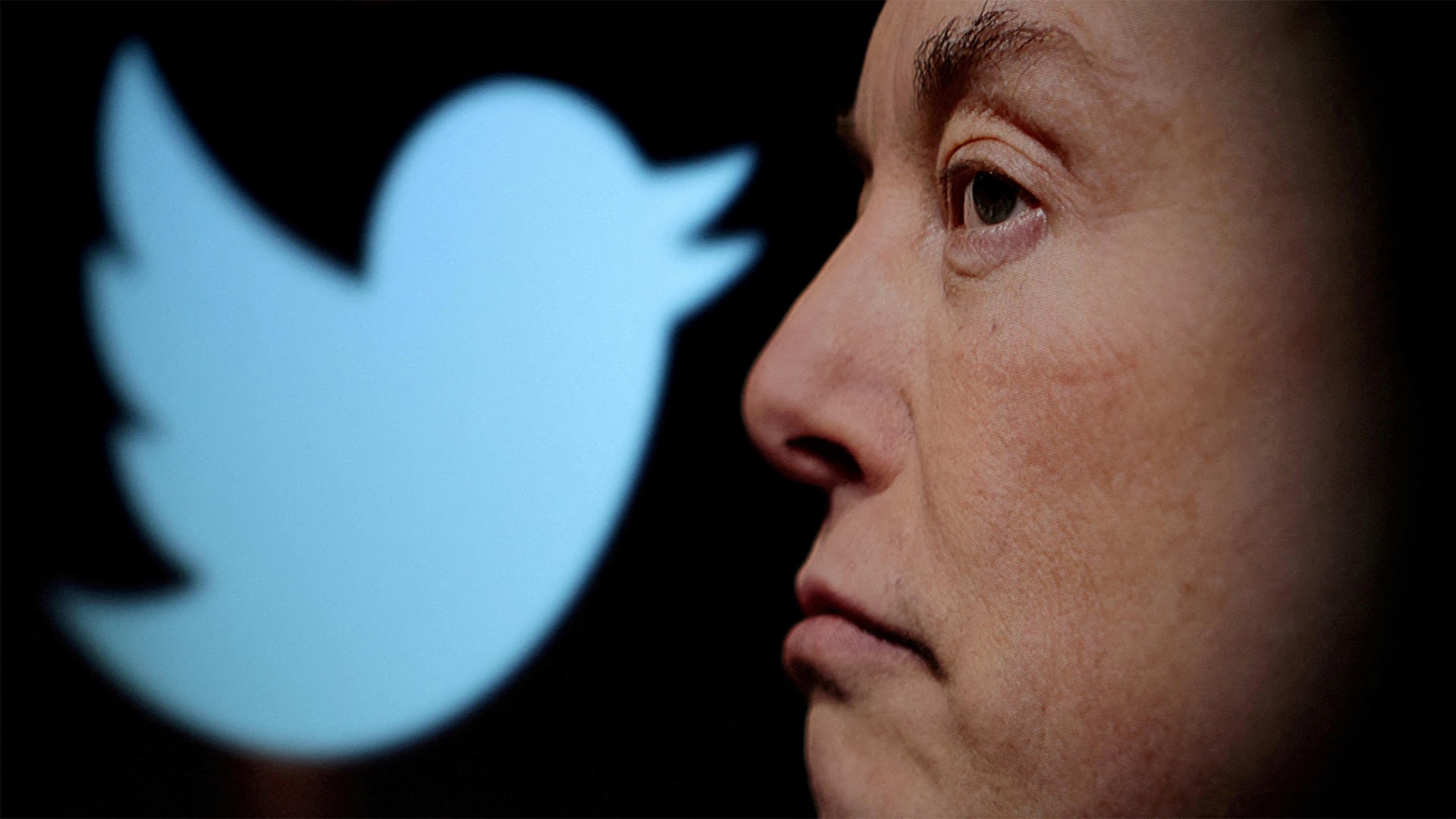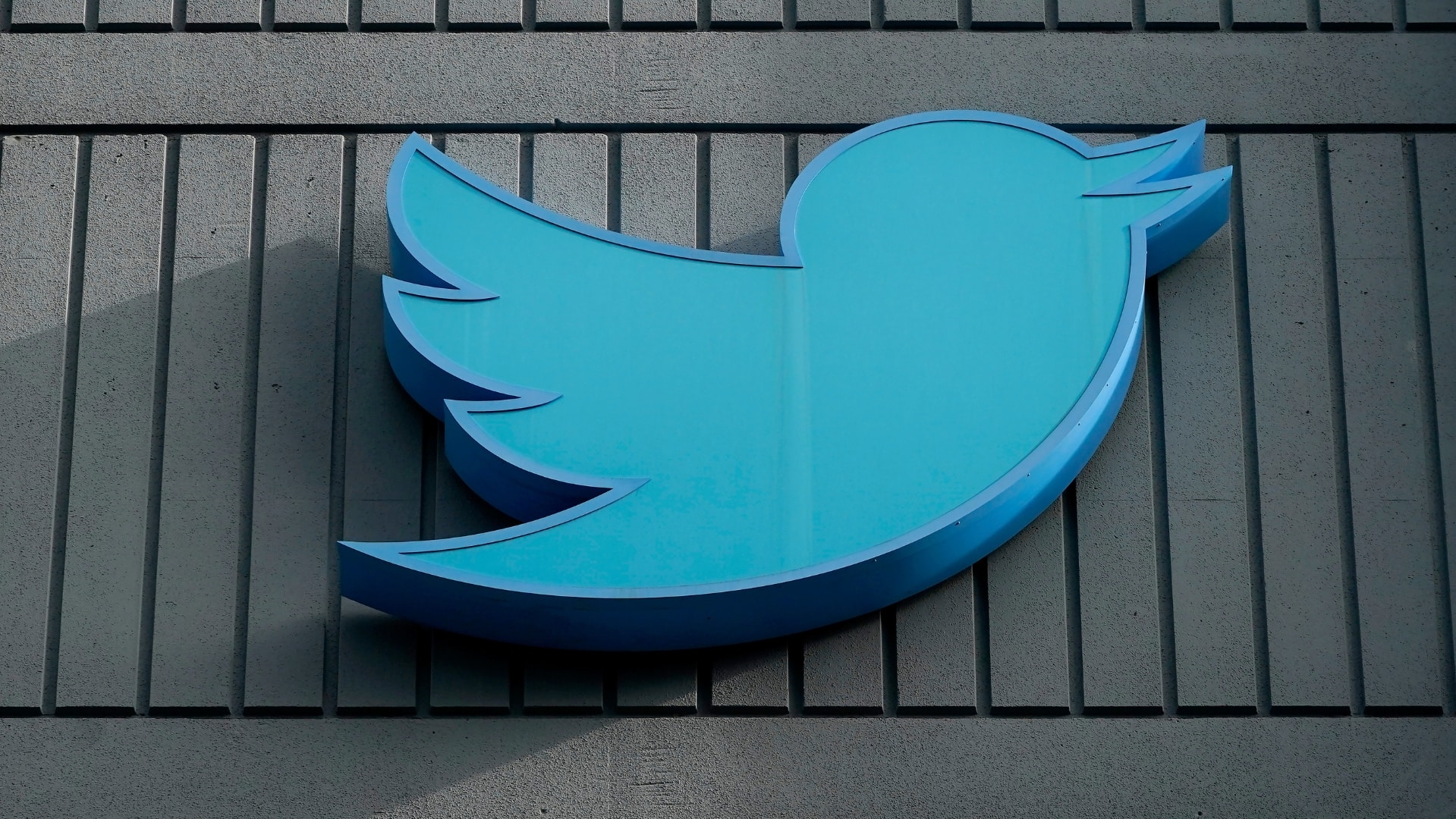OPINION | New Twitter Blue verification system threatens to drown out reliable sports coverage | CBC Sports
This is a column by Morgan Campbell, who writes opinion for CBC Sports. For more information about CBC’s Opinion section, please see the FAQ.
Here’s a hack to help you navigate Twitter in 2023:
Any time you see somebody with a verified account post a bad, stupid, truly putrid take, click on that person’s profile, and then click on the blue check itself. If Twitter’s previous regime bestowed the check under the dictionary definition of verification — to assure the audience that the tweeter is who they say they are — your screen will indicate it.
“This is a legacy verified account,” the disclaimer will read. “It may or may not be notable.”
But the worse the take, the more likely you are, upon clicking the person’s blue check, to see this message:
“This account is verified because it’s subscribed to Twitter Blue.”
That sentence tells you the tweeter is paying $8 US per month in exchange for increased visibility for their posts, the ability to edit tweets, and a blue checkmark next to their name. The checkmark matters. It signals to the audience that you’re some mixture of authentic, authoritative and popular.
What does any of this have to do with sports? Everything.
Impact on sports coverage
Trades, free agent signings, fight announcements, significant injuries — they all get reported on Twitter minutes before they hit big outlets’ websites, and hours before they appear in highlight shows and newspaper pages.
As long as Twitter is the first option for breaking news, and for keeping the 24/7 sports news cycle churning, the platform, and how it operates, will matter for journalists and sports fans alike.
WATCH | Tech reporter explains what’s going on at Twitter:
Elon Musk’s Twitter acquisition has led to some big changes — is the social media platform doing better than ever or dying a spectacular death? Tech reporter Josh O’Kane joins Andrew Chang to play a game of Jenga and help explain what’s going on.
Twitter’s old verification gave us all a simple way to distinguish a reliable source from a troll seeking a megaphone for their iffy sports opinions. But in the current setup, where verified accounts are notable only for their willingness to pay for an otherwise free website, means Twitter might willingly help drown out trustworthy reporting and solid analysis with half-baked, bad takes.
So what qualifies as half-baked?
Take this post-SuperBowl tweet from @BlackMillions_:
Rihanna got paid $0 to perform at the Super Bowl half time show by the NFL but did it for exposure for her brand. Over 28.5 Million people watched her Super Bowl halftime show. Think about this the next time you think you are too big to work for exposure ????????♂️ <a href=”https://t.co/GSCjGvVxut”>pic.twitter.com/GSCjGvVxut</a>
—@Blackmillions_
“Rihanna got paid $0 to perform at the Super Bowl half time show by the NFL but did it for exposure for her brand,” the tweet reads. “Over 28.5 million people watched… Think about this the next time you think you are too big to work for exposure.”
Makes sense on the surface, right?
After all, who would know more about the intersection of Black music and the sports business than the folks running the Black Millionaires Twitter account?
Rich people are all brilliant, and brilliant people are all rich. That truth is so self-evident it barely needs explaining, but if you’re still second guessing the tweeter’s expertise, there’s the blue check to let you know their opinions carry weight.
Right?
Sort of, except that Rihanna doesn’t work “for exposure.” She is already exposed, a billionaire who can afford to work for money, publicity, or fun. If, as the tweet theorizes, Rihanna played the Super Bowl — actual audience size: 118.7 million viewers — to promote her brand, then we have a vastly different equation.
WATCH | Spoof accounts appear after Twitter allows paid verification:
Twitter saw a wave of spoof accounts sporting blue checkmarks after CEO Elon Musk briefly sold account verification for a fee.
Using the Super Bowl’s platform to drive sales costs brands money — $7 million per 30-second ad, according to this year’s rates. So if we’re positioning Rihanna’s halftime show as a 13-minute infomercial for her beauty care brand, she saved herself $182 million by performing instead of buying 26 commercial slots. It’s the rough equivalent of the Houston Astros’ projected 2023 payroll, and Rihanna’s keeping it in her pocket instead of handing it to Fox.
Those numbers are, of course, extremely rough and highly hypothetical.
Point is, the transactions that landed Rihanna on the Super Bowl’s halftime stage are the opposite of working “for exposure.” She had a built-in audience, a product to sell, and a special performance that would cram huge numbers of people into the wide end of what marketers call a buying funnel.
You’d expect brilliant rich people to be cognizant of details like those, but a click on Black Millionaires’ blue check reveals they’re Twitter Blue subscribers, which is to say they’re paying $8 a month to look like experts.
Tilting the playing field
It’s also an example of the kind of empty calorie tweets that figure to fill our timelines in the Twitter future. Consider that the Rihanna Works for Exposure tweet hit the internet hours after Twitter’s new owner, Elon Musk, browbeat the company’s engineers into changing the algorithm that displays posts to users.
Musk’s motive?
He noticed that a Super Bowl tweet from U.S. President Joe Biden was racking up huge viewership stats, while Musk’s own posts on the game did relatively modest numbers.
Of course, Musk owns Twitter. He liquidated huge piles of Tesla stock to raise the $44 billion required to take the company private last November, so he can, technically, do what he wants. Lay off half the staff, eliminate safeguards against hate speech, amplify his own voice, or tilt the playing field in favour of paying customers. As long as Musk is the boss, those moves happen at his discretion.
If leadership is seeking a strategy to take the company out of the red, those numbers don’t favour Twitter Blue. More quick math says Twitter would need more than 15.6 million monthly subscribers just to stay current on interest payments.
But the sports world loves underdogs who triumph against long odds, so let’s keep an eye on the @BlackMillions_ of the world, and whether enough of them exist, at a high enough price point, to keep Twitter from bleeding money.
If that happens, though, we’ll probably all wind up submerged in a rising tide of the bad info and crappy takes that often accompany paid accounts, and we in legacy sports media will have to reconsider whether Twitter will still deserve the attention we currently pay it.
If you’re verified because you were diligent about building your audience, or are famous or smart or funny enough to spawn imitators, I might keep you around. But if Twitter bombards our timelines with people spending $8 a month on a megaphone for their bad takes, I can’t imagine a critical mass of current users sticking around.
Right now Twitter can still inform and entertain, but if I’m streamlining my information diet I’ll cut out junk food first.
For all the latest Sports News Click Here


